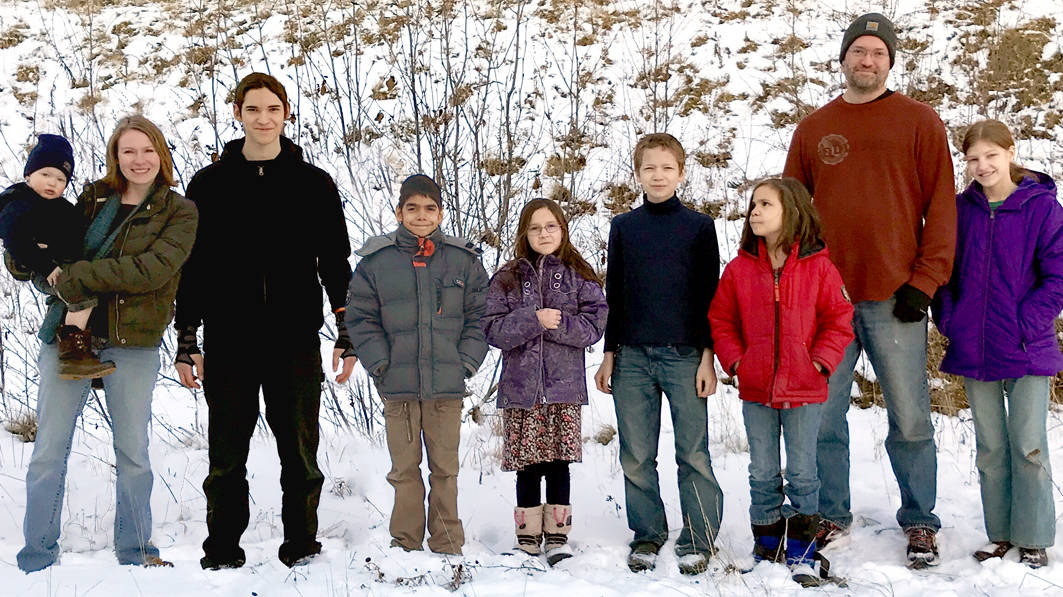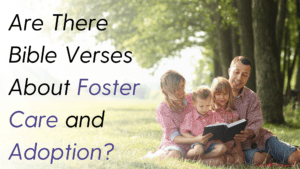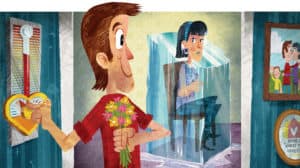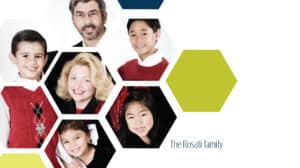Many adoptive and special needs families feel alone. They are often misunderstood, overworked, exhausted and riddled with depression and anxiety.
Of course, there’s no one-size-fits-all process when it comes to adoption, foster care or special needs. There’s no quick-fix or Band-Aid that covers the bleeding. And when we hide all our wounds, people assume there is no problem in the first place. We walk a fine line between transparency and privacy.
Churches, family members, organizations and professionals often make well-meaning attempts without really knowing the best ways to help. It’s easy to feel incredibly helpless and frustrated when the resources already in place to help these families actually end up causing more harm than good.
We learned this firsthand five years ago, when we adopted two of our children.
We knew we could count on support; our community vocally supported adoption. But we quickly learned that our expectations did not match the reality of what we were facing at home. Rages. Lying. Some unmentionable things. Yes, we love them, but they don’t always believe it, so they test our love. Sometimes they push back hard.
We needed more than an occasional thumbs-up or pat on the back. We needed boots on the ground, dinners at the ready and willing backup for parents and siblings. More importantly, we needed a team who knew what was happening in our home behind closed doors – particularly those issues related to attachment and bonding.
We needed our community to understand that our lives had turned upside down and our home was falling apart. Moreover, we needed them to not make the attachment problems worse by being affectionate and over-friendly with our adopted children, who misinterpreted those interactions every time and ended up regressing as a result.
We needed people to understand how to support families working through attachment issues so they could intentionally be part of the solution, instead of unintentionally part of the problem.
I started writing shockingly transparent blog posts about what was happening at home, at the doctor’s office, and in my heart as a mama. I wrote about what real support looked like: how people could step in, when we needed them to step back, and what we needed more than anything else: grace and understanding.
Then people started writing back to me.
Emails, phone calls, Facebook messages and comments poured in from adoptive families who thought they were alone. The overwhelming theme was, “This is what I’ve wanted to tell people for so long. I wish everyone who knows our family could read this.”
For years, these parents had felt misunderstood and judged. Some of them had given up on church. Some had been left by a spouse. And some had to disrupt their adoptions entirely, facing judgment, condemnation and false assumptions from a society that doesn’t know what goes on behind the scenes but is also unwittingly ignorant of the role they sometimes play in the disaster and heartache these families endure.
None of this has to happen. Adoptive families should never feel alone and abandoned by the communities around them as they quietly implode behind closed doors.
We can intentionally be part of the solution.
Our communities can be a safe place for adoptive families to grow, heal and thrive. We can provide necessary boundaries, tactful communication and trustworthy resources that help without harming. We can bring dinners, drop off coffee and run errands. We can pour into adoptive and foster parents so they can keep pouring into their kids without running on empty.
Because adoptive families should never be alone.
Adoptive families can be covered, but they don’t need to be in hiding. There’s hope in healing communities.
Shannon Guerra is a blogger and author of the book Upside Down: Understanding and Supporting Attachment in Adoptive Families. She and her husband, Vince, reside in Alaska and have seven children via birth and adoption.




















